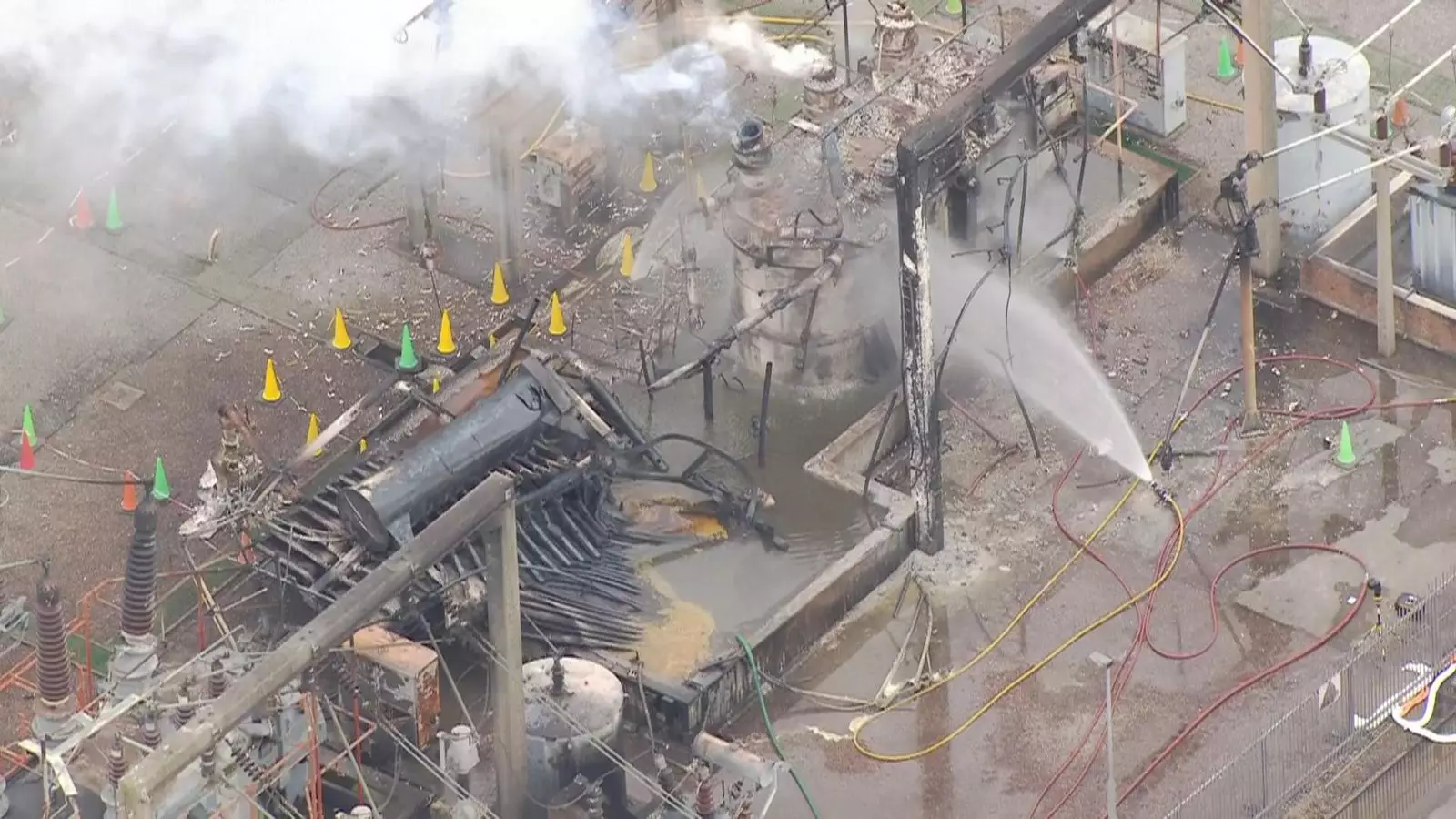The recent power failure at Heathrow Airport paints a startling picture of vulnerability in what is touted as one of Europe’s most significant transport hubs. The incident left about 1,300 flights stranded and disrupted thousands of passengers as a fire at a substation caused operations to halt unexpectedly. While John Pettigrew, the CEO of National Grid, insists that alternative substations could have compensated for the lost power, the experience raises alarming questions about the real robustness of Heathrow’s infrastructure. This isn’t a mere inconvenience; it reflects systemic issues that need urgent attention.
Pettigrew’s reassurances of sufficient backup power lack the reassuring weight one would hope for in such a critical operational sector. He stated there are other substations “always available” to support Heathrow; however, having backup doesn’t guarantee uninterrupted service, as evidenced by the chaos that ensued. The fact that a single fire could have such grave implications indicates a chink in the armor of an enormous operation responsible for the safe transit of millions. In the public eye, the management’s claims of resilience appear less credible when faced with an extensive shutdown.
Safety Procedures Amid Operational Complexity
It is easy to criticize from the sidelines, yet there is an undeniable complexity in running an airport of Heathrow’s size and scale. By all accounts, once the backup transformer also failed, it necessitated the complete shutdown of critical systems in adherence to safety protocols. The challenge of rebooting these systems cannot be overstated, as vast networks operate interdependently, where a mismanaged restart could lead to further incidents. Nevertheless, that complexity shouldn’t absolve those in charge from responsibility.
Heathrow’s CEO Thomas Woldbye elaborated on the difficulties faced during the power outage, attributing it to operational safety and the inherent risks in restoring systems after an unforeseen shutdown. The very existence of such extensive protocols is a testament to the potential dangers lying beneath the surface. But instead of just viewing this incident through the lens of operational safety, it begs a deeper evaluation of how much reliance is placed on technology without adequate foresight during emergencies.
A Historical Oversight in Infrastructure Planning
What further complicates this recent debacle is the legacy of operational assessments that have seemingly been ignored. A report by consultancy firm Jacobs from over a decade ago flagged significant vulnerabilities in Heathrow’s electricity supply network. They warned of the risks posed by outages, which could lead to severe disruptions in passenger handling and capacity. One must wonder why such critical warnings fell on deaf ears if the risks were already on the radar of informed analyses.
It is disheartening to observe that despite decades of discourse regarding risk management and infrastructure resilience, the lessons remain unlearned. Rather than fostering proactive strategies, there seems to have been a reliance on reactive measures that only serve as Band-Aids to systemic issues. How many more critical reports will go unheeded before substantial action is taken? The lack of political will to advance airport infrastructure highlights a concerning trend where immediate convenience overshadows the long-term implications of derelict planning.
The Human Cost Behind Operational Failures
The ramifications of such failures extend beyond simple operational hurdles— they impact real lives. Over 200,000 passengers were caught in the crossfire of delayed travel plans, with lives altered and journeys interrupted. While executives can argue about the technicalities of power distribution and operational resilience, it is often the everyday traveler who bears the brunt of these inadequacies. The discomfort, frustration, and loss of trust reflect a broader sentiment of failure that can erode faith in such critical infrastructures.
As we decry these incidents, let’s place blame on the systems that allow them to happen, emphasizing not only accountability but the necessity for reparative actions. Indeed, the heart of the issue lies in perceptions of reliability where systemic inertia meets the faux reassurance from those at the top. In a society that values travel and globalization, this is about more than just power outages; it is about ensuring that our designated gateways remain secure and dependable by learning from our past mistakes.


Leave a Reply